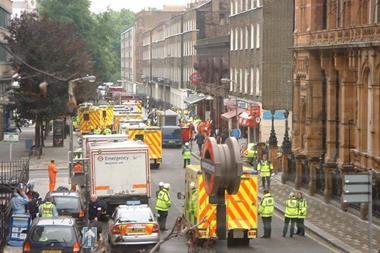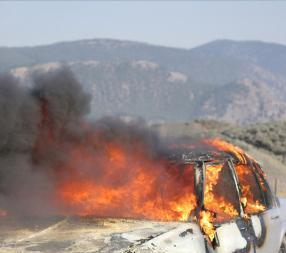But risk of attacks by left-wing and nationalist groups rising, according to report
International counterterrorism efforts appear to be stifling the ability of terrorist groups to mount significant attacks on the scale of 9/11, according to Aon.
The 2010 Aon Terrorism Threat Map, issued by Aon Crisis Management, shows that the USA’s classification has been heightened following a string of terrorist incidents occurring during 2009, including the Fort Hood massacre, the foiled Christmas Day airliner attack over Detroit and last month’s bomb scare in New York’s Times Square.
And, despite an apparent slight downward trend in attack frequency in recent months, established insurgencies continue to provide the focal points for terrorism in Iraq, Pakistan, Afghanistan, India, Somalia and Yemen.
Elsewhere, there have been sporadic terrorist threats and attacks by nationalist and left-wing movements with a rise in incidents in traditional hotspots like Northern Ireland, Greece, Russia, Argentina and Chile.
But al-Qaida is being forced to focus on building its networks in traditional conflict zones, blunting its ability to mount 9/11-style high profile attacks.
According to Aon Crisis Management’s analysis, there are continuing concerns about such networks and their followers in Europe and North America. It also points to worries over the re-emergence of more traditional left, right and nationalist terrorist groups.
General Richard Myers, retired chairman of the U.S. Joint Chiefs of Staff and a member of Aon’s board of directors, commented: “If you are looking at whether, on a global scale, we are safer from terrorism this year than last, the difference is marginal, but reflects the pressure we have exerted on our foes over the long term to contain their growth.
“Last year, the score for the U.S. was reduced. This year, we have learned a lot more about cells and individuals operating inside our borders. The fact is that we are making progress in Afghanistan, Pakistan and Iraq, which has forced al-Qaida to rely on less capable local operatives because it struggles to maintain a coherent organisation when it is under constant military pressure.
“What is apparent, though, is that as we exert pressure on jihadist groups in their preferred territories, they are likely to seek new homes and affiliations in countries that have limited capacity to deal with them. We expect to continue to see significant presence from terrorist groups in northern and eastern Africa, including Algeria, Mali and Somalia as well as in Yemen.”
Hosted by comedian and actor Tom Allen, 34 Gold, 23 Silver and 22 Bronze awards were handed out across an amazing 34 categories recognising brilliance and innovation right across the breadth of UK general insurance.












































